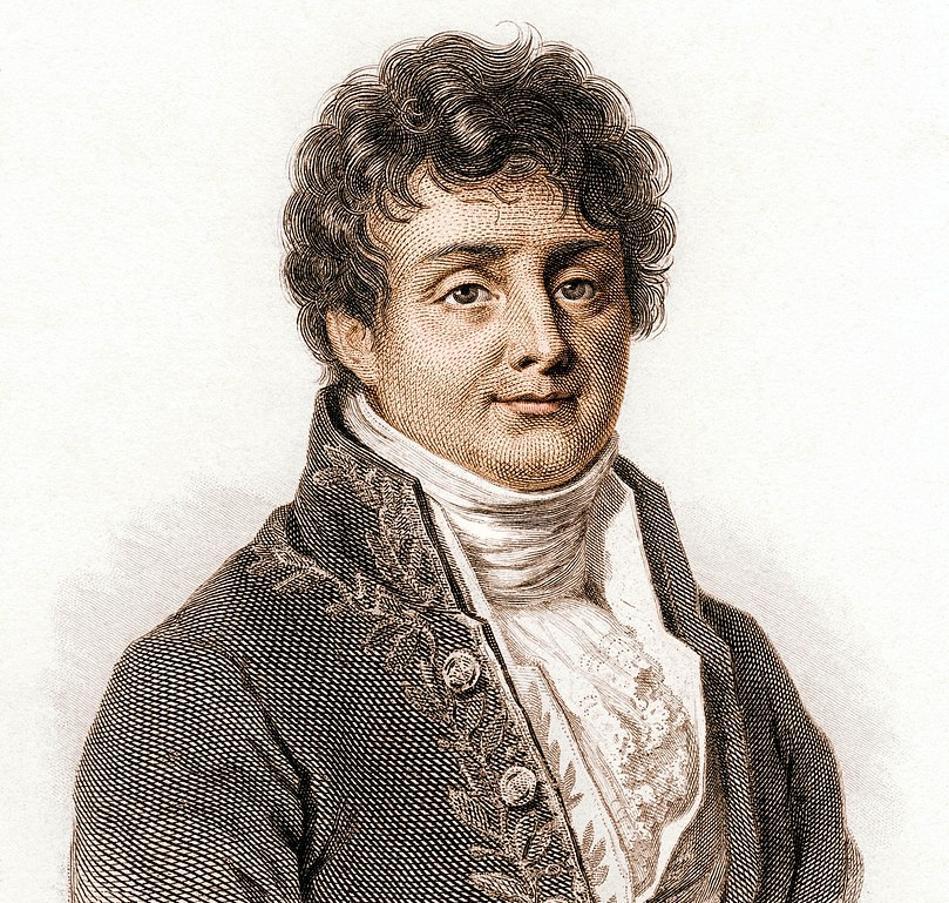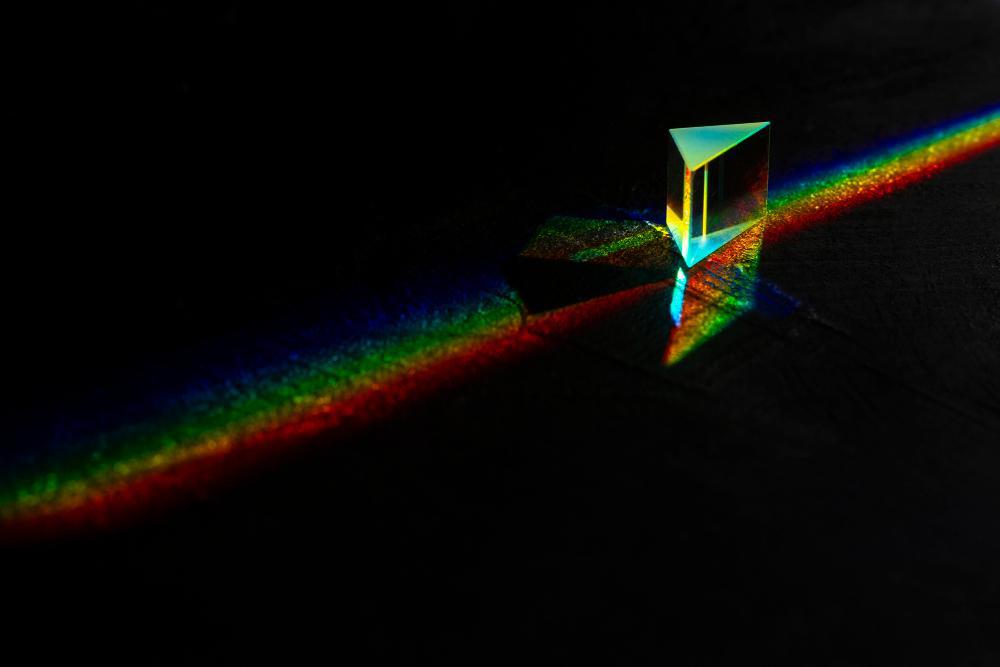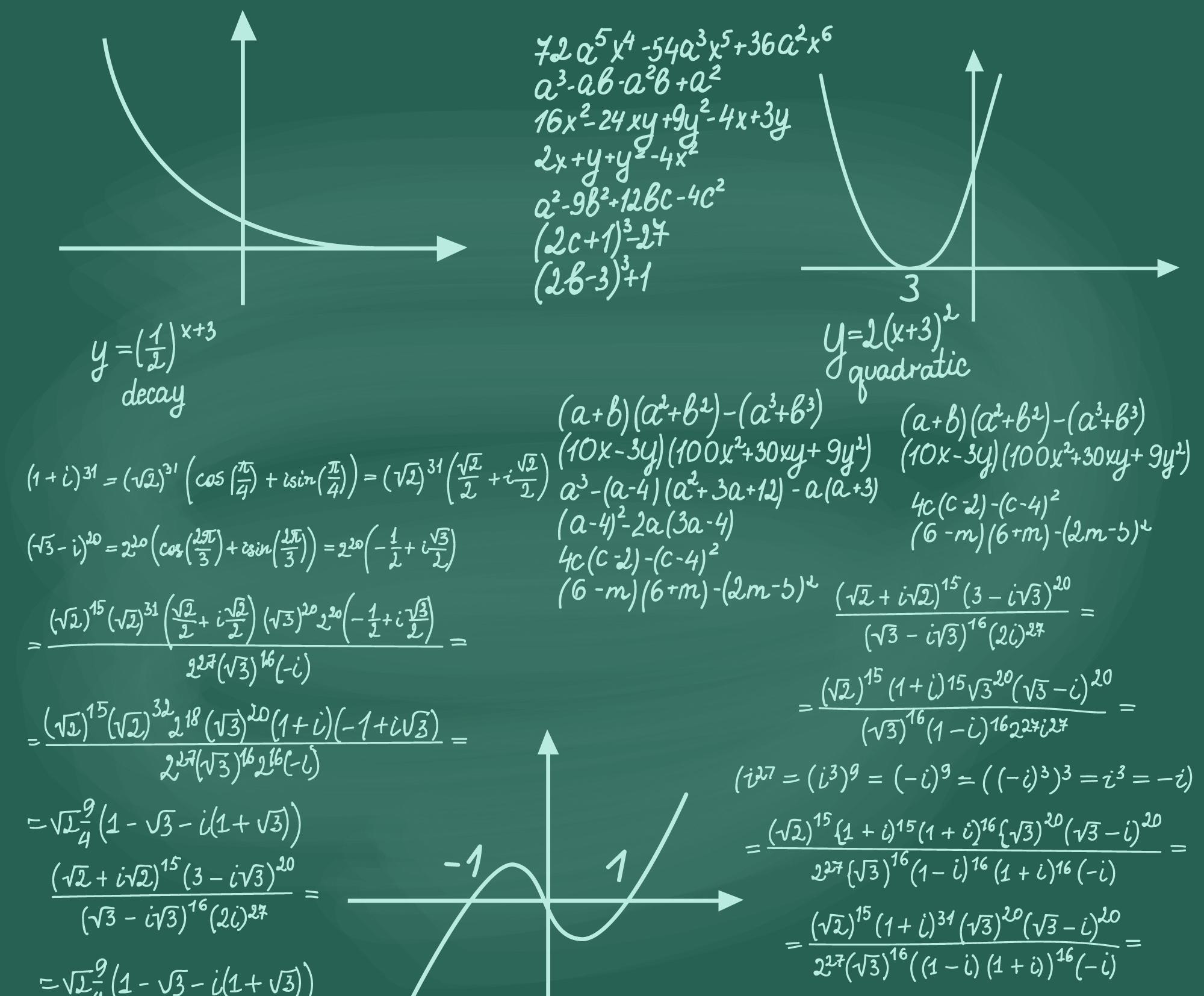Scientists Discover Shocking Exception to 200-Year-Old Physics Law
Researchers have unveiled a groundbreaking discovery that will drastically alter our understanding of a scientific law that has remained relatively unchallenged for over two centuries.
A team of pioneering scientists has proposed an exception to the long-standing Fourier’s Law. This breakthrough could lead to a more comprehensive understanding of how heat traverses solid materials, which, in turn, could be used by engineers to devise innovative strategies for heat management.
What is Fourier’s Law?
Fourier’s law is a longstanding law of physics that deals with how heat is conducted and transferred through solid materials. It was introduced by Jean-Baptiste Joseph Fourier in 1822.

Source: Wikimedia
Essentially, the law dictates, “As molecules vibrate and electrons shuttle about, the heat diffuses from the hotter end of an object to the colder end, at a rate that is proportional to that temperature difference and the area through which the heat flows.”
Problems Arise With Fourier's Law
Over the past few decades, physicists have noticed that the law has begun to fall apart when used to predict the transfer of heat on the nanoscale.

Source: Freepik
According to several studies, including one published in 2021, at this scale, Fourier’s law begins to break down and can no longer be used to predict how fast or slow heat will pass through solid material.
Researchers From Massachusetts University Investigate Fourier’s Law
As Fourier’s law clearly breaks down when used to measure the diffusion of heat on the nanoscale, polymer physicist Kaikai Zheng and his colleagues from the University of Massachusetts decided to investigate the anomaly further.

Source: Freepik
They began theorizing that similar exceptions to Fourier’s law may become apparent on the macroscale in materials such as inorganic glasses and translucent polymers.
Scattered Light Leads Researchers to New Hypothesis
As these materials are translucent, they will allow low levels of light to pass through. But, unlike opaque materials, the light will not be fully absorbed.

Source: Wikimedia
However, the light scatters around and bounces off the various impurities within the material structure, which leads Zheng and his colleagues to the basis of their hypothesis.
Translucent Materials and Thermal Radiation
The researchers began theorizing that translucent materials such as inorganic glass may allow heat energy to move through it in the form of thermal radiation.

Source: Wikimedia
Radiant heat moves through the air as electromagnetic waves, mostly as infrared radiation. One example of this is the heat from the sun’s rays that warms our skin.
Heat Transfer Through Solids by Another Pathway
The senior author of the new study published in PNAS, Steve Granick, a materials scientist at the University of Massachusetts, explained that their research “began with a simple question.”

Source: Freepik
“What if heat could be transmitted [through solids] by another pathway, not just the one that people had assumed,” said the researcher.
Researchers Conduct Experiments to Prove Their Hypothesis
In a bid to validate their hypothesis, Zheng and his team meticulously designed and conducted experiments in their laboratory.

Source: Wikimedia
They began by clamping several strips of test material and suspending them, one at a time, inside a vacuum chamber custom-made for the experiment. The vacuum allowed the researchers to remove the variable of heat dissipating from their chosen materials through air.
Researchers Begin Firing Lasers to Test the Spread of Heat in Translucent Materials
“To find violations [in Fourier’s law] at macroscopic scales would be startling as this would go beyond standard textbook thinking,” wrote the researchers, who aimed to inform readers about their thinking prior to the experiment.

Source: Freepik
As the experiment began, the researchers fired lasers at the various materials to heat them up. Then, they measured the rate at which the heat spread through each example using three distinct methods.
Radiation Contributes to Heat Flux
In reference to the results of their experiments, the authors of the study wrote, “The data show heating [occurred] faster than can be attributed to diffusion.”

Source: Freepik
They continued by stating that “radiation contributes significantly to heat flux during early times after a heat pulse, though the relative contribution of radiation diminishes as diffusion becomes dominant at later times.”
Fourier’s Law is Not Wrong, Says Scientist
Despite the results of their tests, Granick clarified that Fourier’s Law is right when applied in the correct scenario.

Source: Freepik
“It’s not that Fourier’s Law is wrong,” he said. “Just that it doesn’t explain everything we see when it comes to heat transmission.”
New Study May Help Engineers With Future Designs
According to the researchers, translucent materials can radiate heat internally, as varying structural imperfections essentially work as heat absorbers. This means the heat moves in an unusual pattern from point to point rather than the slow diffusion proposed by Fouriers’ Law.

Source: Wikimedia
The scientists propose that their study could play a pivotal role in the future in guiding engineers to devise innovative strategies for heat management in translucent materials.
